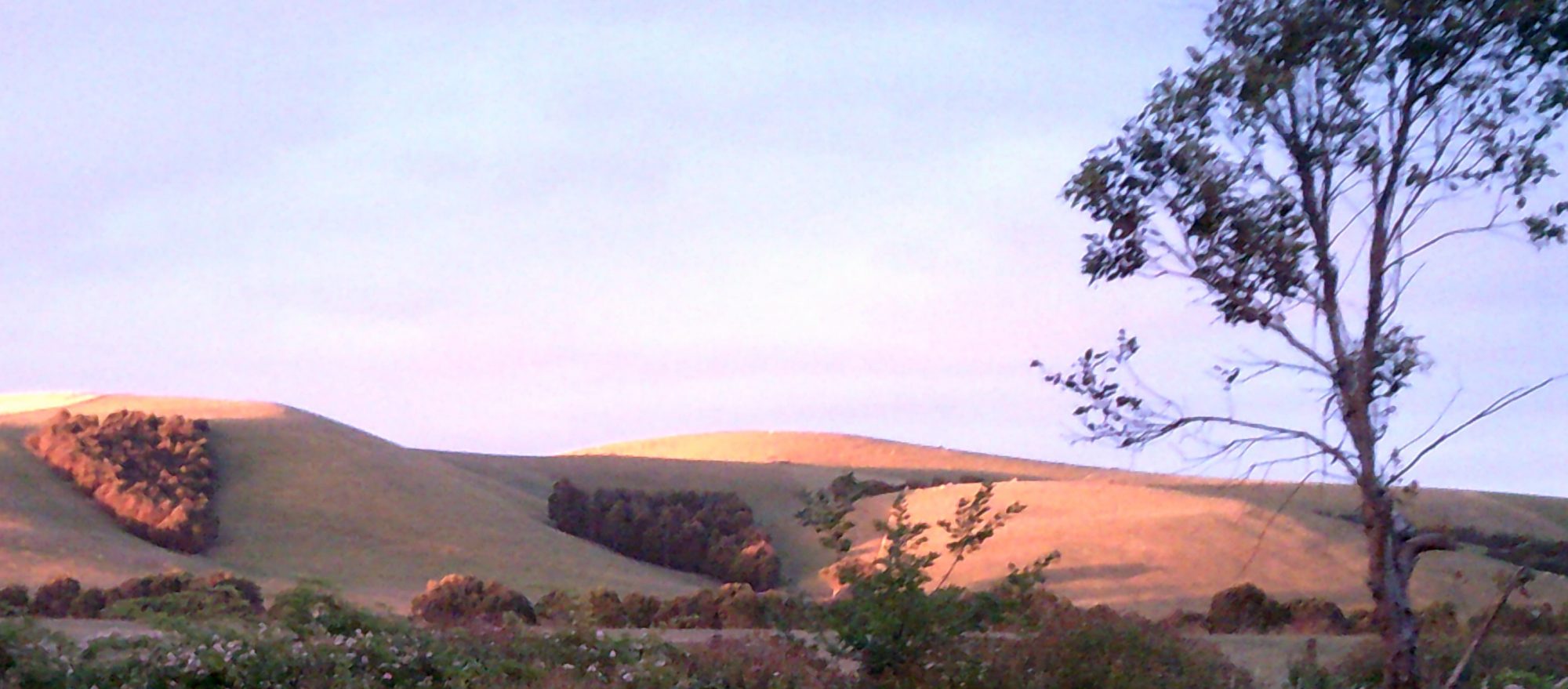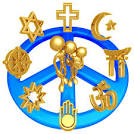the German American Bund 1930. Courtesy of the Atlantic.com
In 2013 I wrote a book called The Deep Green Delusion: Vitalism and Communal Autarky. It was a critique of the deep ecology movement, arguing against the views of one of its gurus, named Pentii Linkola who advocates a return to primitivism. Linkola calls for an end to democracy and the establishment of an authoritarian ecological regime that ruthlessly suppresses modernism and all forms of consumerism. My argument was that Linkola was promulgating eco-fascism, which has its roots in a nineteenth century German movement called the Heimatschutz. When we think about fascist groups we tend to assume they are to the Right of politics, but the Heimatschutz was to the Left. It was the forerunner to National Socialism.
The green movement in the west has always been thought of as being in the domain of the political Left and linked with the social justice movement, but this is not environmental history. Environmentalism began in the eighteenth century and arose from the Romantic Movement, which was deeply conservative in its politics and it was largely the realm of the well-to-do or the aristocracy. In Germany the green movement was also born from the Romantic Movement, but it found its way to the realms of the extreme Far Right who were concerned with blending ecology with racial purity.
Linkola’s discourse is no different from the Heimatschutz. It is attributable to an increase in immigration and his desire for population controls, but this is only a tiny morsel of what Linkola proposes and he is not alone. Neo-fascist organizations have been growing since the 1980s with such organizations as Germany’s Deutsche Volksunion and the French Front. In Australia it is the patriotic groups like the Australia First Party who are advocating the new fascism. The 2008 economic downturn provided a fertile grown for a burgeoning neo-fascist movements across Europe, the US, Australia and elsewhere. Further, fascist groups may be a long way from taking power, but they are changing attitudes and causing disharmony and the setting in which they articulate their aims is a very familiar one that we should all be concerned about.
Let me set the scene by reverting to history. In 1929 the Wall Street collapse was very similar to the 2008 economic crisis across Europe. People suddenly realized that the stock markets would not rise indefinitely. When the stock market finally collapsed everything was impacted. In the 1930s European agriculture was faced with a severe depression. The poor agitated for land reforms and high food production, but there was not the means to meet the public demands.
By 1931 people had lost faith in their politicians and there were violent protests on the streets. It was about this time that the writer George Orwell predicted a future of totalitarian rule.
In Germany the Heimatschutz movement began reviving an earlier green movement that was based on the land and racial purity: Blood and Soil. Cities and towns were re-ordered into small communities for food security. It would lead to the worst kind of primal behaviour, two world wars and the European Holocaust.
The popularity of the movement was promulgated through festivals and entertainment, that connected the land to families and communities. The festivals would open and close with a patriotic or religious song and there were processions and marches as well as speeches on nation, homeland and loyalty. Rituals were modelled on the ancient practices of the Druids and pagan Rome. Rudolf Steiner’s wife Marie Von Sievers gave a performance of mystical dancing similar to those performed at deep ecology and mystical festivals today. The sacred May Day glorified the God Atlas the God of War, not only an important symbol for Adolf Hitler, but also Gustav Le Bon (Freud’s teacher) and his theories of crowd control. Everything was patterned by mythology and the Heimatschutz became known as Hitler’s Green Party.
The Heimatcschutz, lasted a long time, it fed the German armies during the wars and upheld the racial policy that saw six million Jews and others exterminated in the concentration camps of the Second World War.
Heimatschutz, worked because it was built on the wider Volkish movement that aimed en mass, to reform life, an idea that originated from the German idealists, Goethe, Lessing and Schiller; all three were Freemasons, a movement which Hitler later opposed.
The Volk has a different name now and the players have different roles, but the same sentiments abound in a far more discursive and insidious way than before. The Volk has found its legitimacy in a kind of communitarianism that closes borders and ranks on anyone who is not of their thinking. Let me give you a further example.
Rudolf Steiner and his deep ecology otherwise called anthroposophy, is on trend across the western world. The Steiner schools are popular in Europe, America and Israel even though Steiner, by his own admission was active in the Pan Nationalist Movement in Vienna at the end of the nineteenth century and although he became a rival and enemy of Hitler, he appears to have advocated the same forms of racial segregation. Many of the current Steiner schools are funded by state authorities and their businesses are thriving. Should we be concerned? Should we disregard history and assume that the Steiner movement has changed its spots and is working towards a better world?
The aim of the legitimate ecology movement has been to draw peoples’ attention to the (w)holism in nature and to create a more sustainable planet. In reality, it has been a shift away from the bigger political and social problems to intimate forms of localization. It is anti-globalization and therefore not focused on the betterment of fellow citizens and their global rights.
The ecologist’s mantra is Small is Beautiful a term coined by E. F. Schumacher and his book by the same name, who just happened to be the head of the British Coal Board an industry that sent men into the perilous pits to boost Britain’s economy, while damaging their health and risking their lives. This gives a clue to the ambiguities in the green movement, today and in history.
Take for example Richard Heinberg’s advocacy of a steady state economy, which fails to address the social concerns inherent in capitalism or its polity. We are not seeing anything new. In the United States the New Green Deal was designed to kick start rabid consumption. The then President, Theodore Roosevelt used the New Green Deal as a panacea for ending the 1920s American Depression and it pushed America into a global war.
Today, the US President Donald Trump is pulling troops out of wars and leaving the warring parties to fight between themselves at the cost of innocent men, women and children. What is in it for Donald Trump? America has a reputation for destabilizing smaller nations and then restoring them, whereby America reaps the spoils. The nations at war are also rich in resources the western world needs to prop up its mass consumerism. Is this not another form of mass genocide? If this is ecology, it is ecology on steroids. No one ever asks, how green is the act of war? It is a topic that seems to escape the ecology and other green agendas.
In the 1960s when the environmental issues gave way to an apocalyptic discourse the earth was heralded as the embodiment of the Greek Mother Goddess (Gaia). Was this supposed to save the planet or would it simply invoke the same mythologies that could lead to another German Heimatschutz?
Environmental problems are very real and they are both local and global. We have to ask, does the environment movement have its investment in the same kind of transcendentalism that created the Volk? In the west there has been an acute rise in the forms of anti-Semitism that we have experienced in history. They are on the Right and on the Left of the political spectrum and where there was once an abundance of single issues groups, anti-Semitism appears to be infiltrating the entire protest spectrum covering many demands and issues.
Nations across the world are going through a massive transition, not unlike the agrarian transitions of the seventeenth and eighteenth centuries that saw people leaving the land and moving to the cities for a better life. Today, while city entrepreneurs are eating up important pockets of land and cutting down forests for their larger enterprises, such as mining and the expansion of factory farming. Today’s mass production is still dependent on the natural resources as it was at the time of the Industrial Revolution. The loss of resources, combined with the drive for profits, impacts on the countryside and the traditional way of life, but how can we change it without reinventing the Heimatschutz?
Fascism arose in Europe after World War I when many people yearned for national unity and strong leadership. Today, we are no closer to national or global unity than we were a hundred and fifty years ago, but the yearning for unity has become a dangerous phenomenon driving violent protests on the streets, corrupting governments and sending the world into violence chaos. Where will it end?


